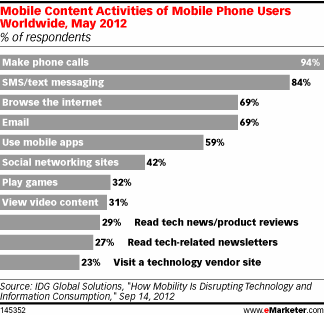
Dining out in 2012: All you need is good food, good company… and a good angle for this photo I’m about to Instagram?
Documenting your meal for posterity on Instagram before first bite is common practice now, but a handful of years ago? Meticulously rearranging your food for a subpar photo on your phone would have garnered some pointed looks in the restaurant, I’d wager. However, in the advent of smartphone camera technology advancements, snapping pictures on the go have never been snappier. And with the invention of Instagram, the idea of glamourizing blasé still life iPhone photography with vintage filters seemed to connect well with consumers. So well, in fact, that Instagram has comfortably integrated itself into the modern marketer’s repertoire of YouTube-Facebook-Twitter. It’s a formula, tried and true – but it’s running the risk of becoming stale.
Thankfully, New York restaurant Comodo has breathed new life into Instagram. People are taking pictures of their food already – why not use that habit to their advantage? Following this train of thought, the restaurant dreamed up of an “Instagram menu”: customers are encouraged to photograph and review their meals, and in effect, are collectively constructing a new, more visual menu in real time. In terms of the consumer decision-making process, Comodo has ingeniously managed to increase social engagement in a setting that’s traditionally not very engaging. The “evaluation” stage is lengthened and diversified through the ability to consult the Instagram menu. Instead of twiddling their thumbs awaiting the arrival of their meal, customers can browse the menu built by diners before them, possibly gaining ideas of what they’d like to try the next time they’re at Comodo. It’s unique, it’s easy, it’s effective. After all, we have our phones out at the ready anyway. Now get out of my frame, this meal isn’t going to Instagram itself.













